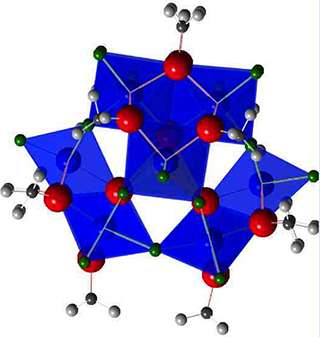Can we find more benign nanomaterials?

Chemists at the University of Iowa will research the effects of nanomaterials on the environment and human health using a network of supercomputers funded by the U.S. National Science Foundation.
Sara E. Mason, assistant professor in the Department of Chemistry, won an NSF award that grants her team access to the Extreme Science and Engineering Discovery Environment (XSEDE). The XSEDE project links computers, data, and people from around the world to establish a single, virtual system that scientists can interactively use to conduct research. It was started in 2011 and was renewed by the NSF last August.
The NSF says it "will be the most advanced, powerful, and robust collection of integrated advanced digital resources and services in the world."
The UI grant, valued at $72,503, essentially gives Mason's team time on the supercomputer network, which they can access from their desktops. The researchers will use that time to study nanoparticles—matter far too small to be seen by the naked eye and present in a range of products, from sunscreen to advanced batteries for hybrid and electric vehicles.
The team hopes to better define the atom-to-atom interactions of various nanoparticles. Mason says the grant will "super charge" her computational research.
"To me, having four concurrent NSF research grants is a big deal, and now, having the boost of the computer time allows us to do even more," Mason says. "XSEDE allows us to run simulations using quantum mechanics and highly parallelized computers. The outcome is new chemical insight into natural or widely used nanoparticles. We can then connect the chemistry to broader issues, such as human health and the behavior of nanomaterials in the environment."
Mason's group aims to find and design nanomaterials that are more benign to the environment and human health. Part of the search means trying out new elements in computational designs to find out how they interact, as well as their side effects, good or bad.
The XSEDE computers will give them far more computing horsepower to carry out those computational experiments.
"We can collectively get a lot more done in a shorter period of time," says Joseph Bennett, co-principal investigator on the grant and a post-doctoral researcher in Mason's group.
The UI is one of 15 institutions affiliated with the NSF-funded Center for Sustainable Nanotechnology, devoted to investigating the fundamental molecular mechanisms by which nanoparticles interact with biological systems.
Provided by University of Iowa


















